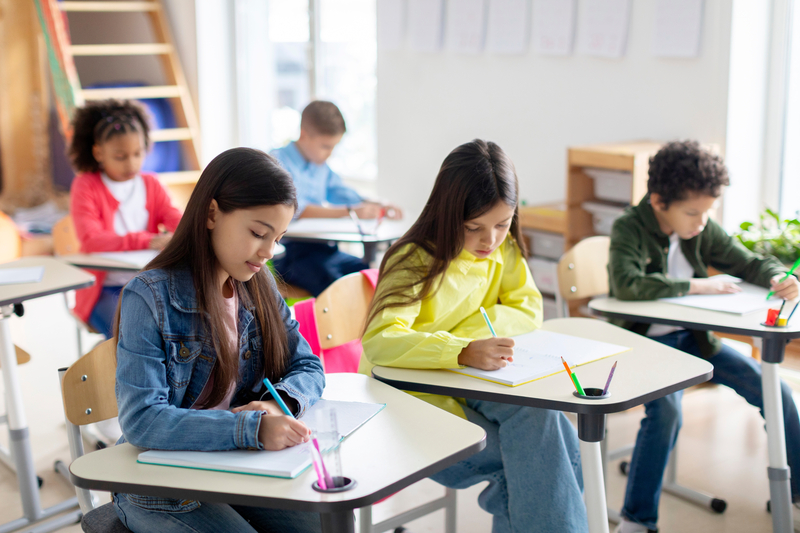Today's students are taking in information all day long, from multiple sources, and at any given moment. This constant stream provides little time for processing and even less time for reflecting. And yet processing and reflecting are crucial to cognition; they are vital to meaning-making, which makes learning transferable from one context to another.
That's why our high school made reflective writing for metacognitive awareness and transferable learning the centerpiece of our new approach to writing across the curriculum. The following strategies have helped guide our developing classroom practices with reflective writing.
Make Reflective Writing Low Stakes and Informal
Reflective writing requires students to be honest and open about their learning experiences. As teachers, we don't want student reflections stifled by concerns over grammar and syntax. To encourage students to be vulnerable and try out a form of writing that may be uncomfortable at first, remove any criteria for disciplinary discourse or formal structures. Reflective writing should capture students' experiences in their own words. Here are a few guidelines for informal writing activities:
- Start with simple, open-ended prompts: What did you find helpful from today's lesson? What concept was new to you and what did you learn about it?
- Use prompts that invite spatial thinking: How can you use this concept in another class? Outside of school?
- Use prompts that cross temporal boundaries: What did you do differently this time? What will you do differently next time?
These prompts can be used in any subject and at any grade level with simple modifications. Remember to give only holistic feedback that encourages rather than discourages student efforts in the learning process. In time, students will get used to processing what they learn and will be able to apply knowledge in new contexts.
Ask Students to Regularly Reflect in Writing
Regular use of reflective writing activities is key to moving students toward a metacognitive awareness and deeper learning transfer. Some teachers use reflective writing daily at the start of each class. Journaling is a great daily writing activity; it gives students a chance to slow down, mentally transition from one class to the next, and recall what they learned yesterday so that they can use that knowledge today. Journaling can also be used at the end of a class to encourage students to process what they learned that day.
Other teachers use reflective writing activities at the start and close of a particular unit; this approach serves diagnostic purposes because the writing acts as pre- and post-unit formative assessments that let students and their teacher know where they are in the learning process. I like to bookend each semester with reflective writing activities that focus on goal setting and foster self-regulation.
At the beginning of a semester, I ask students to write out a list of three to five goals that include academic and personal aspects of their lives (in order to promote a holistic view of self). This list should also have specific actions they can take to move toward accomplishing each goal. Reflective writing activities such as writer's memos, reading responses, and journals are embedded throughout the semester.
Then, at the end of the semester, students are asked to assess themselves through the lens of their goals and the course objectives. This works best for 11th and 12th graders because it spans a longer time frame and encourages self-regulation. Whatever reflective writing activities you choose, make sure you use them regularly to allow the writing tasks to become learning practices that instill confidence in students.
At the end of the day, we need to remember that learning requires a lot of our students, and it isn't limited to our classrooms. By equipping students with reflective skill sets through writing activities, we can foster metacognition and move students toward learning transfer. In doing so, we minimize the fragmentation of the learning process and engage students as whole people with experiences worth reflection and ideas worth sharing.







